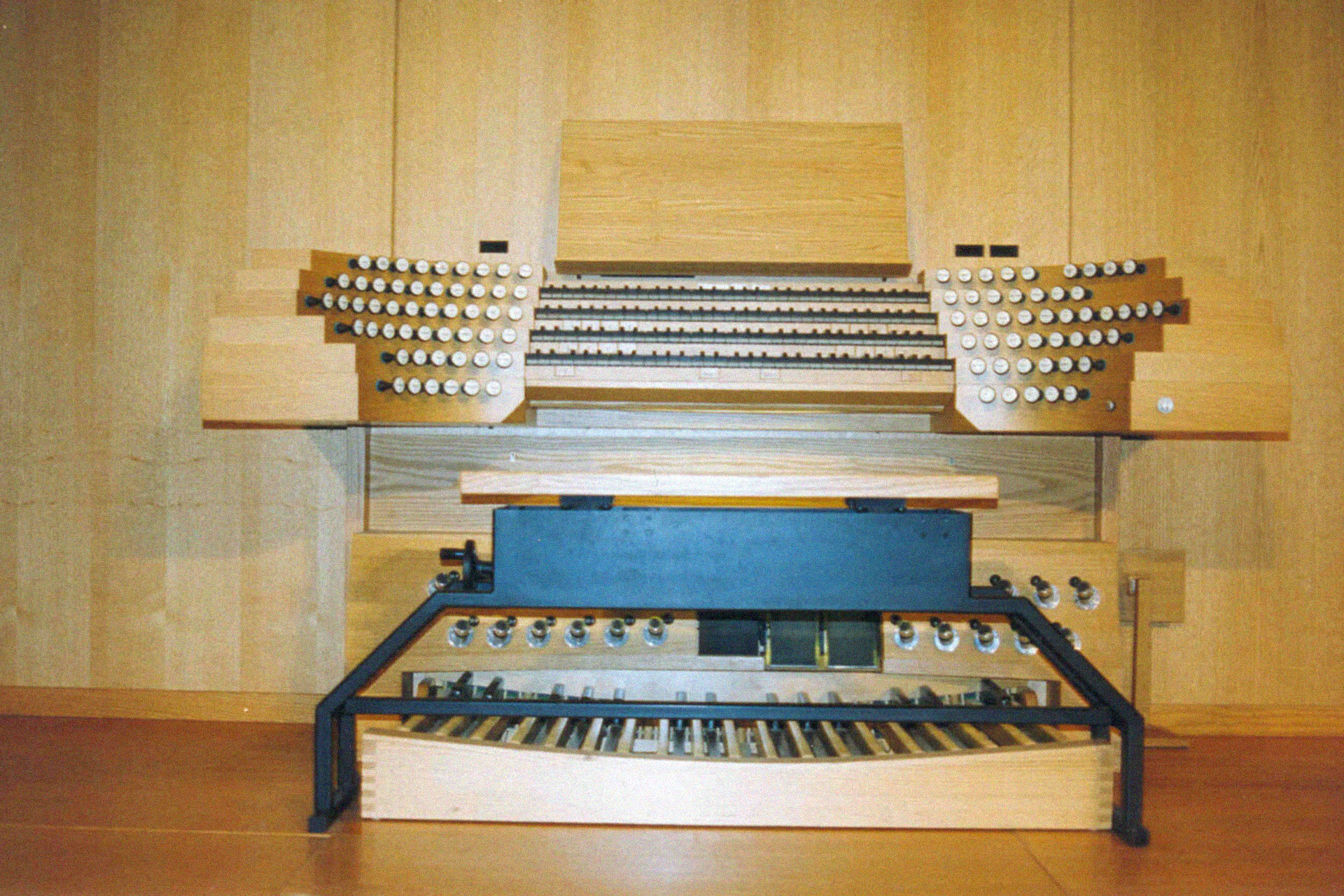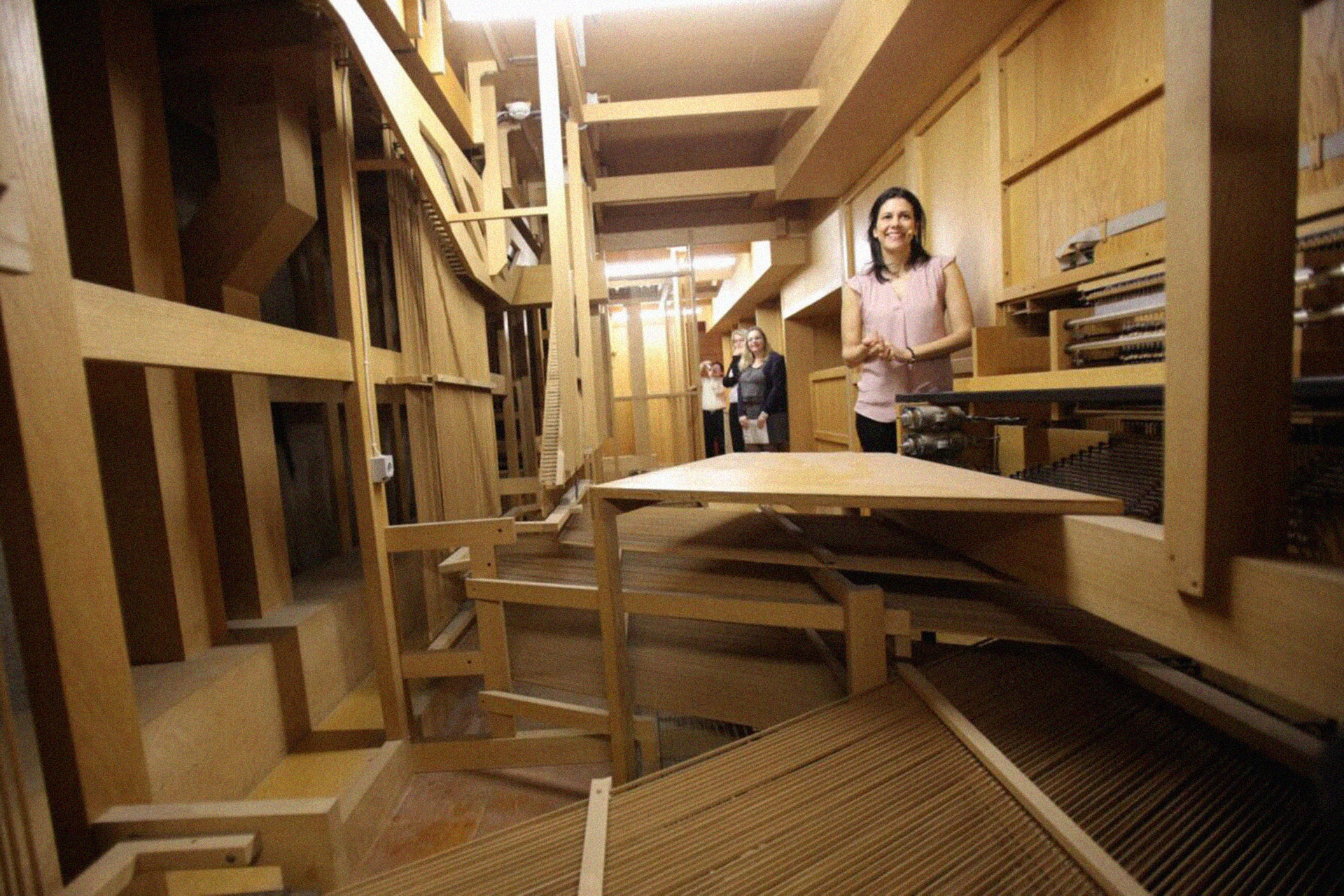The Organ at Megaron
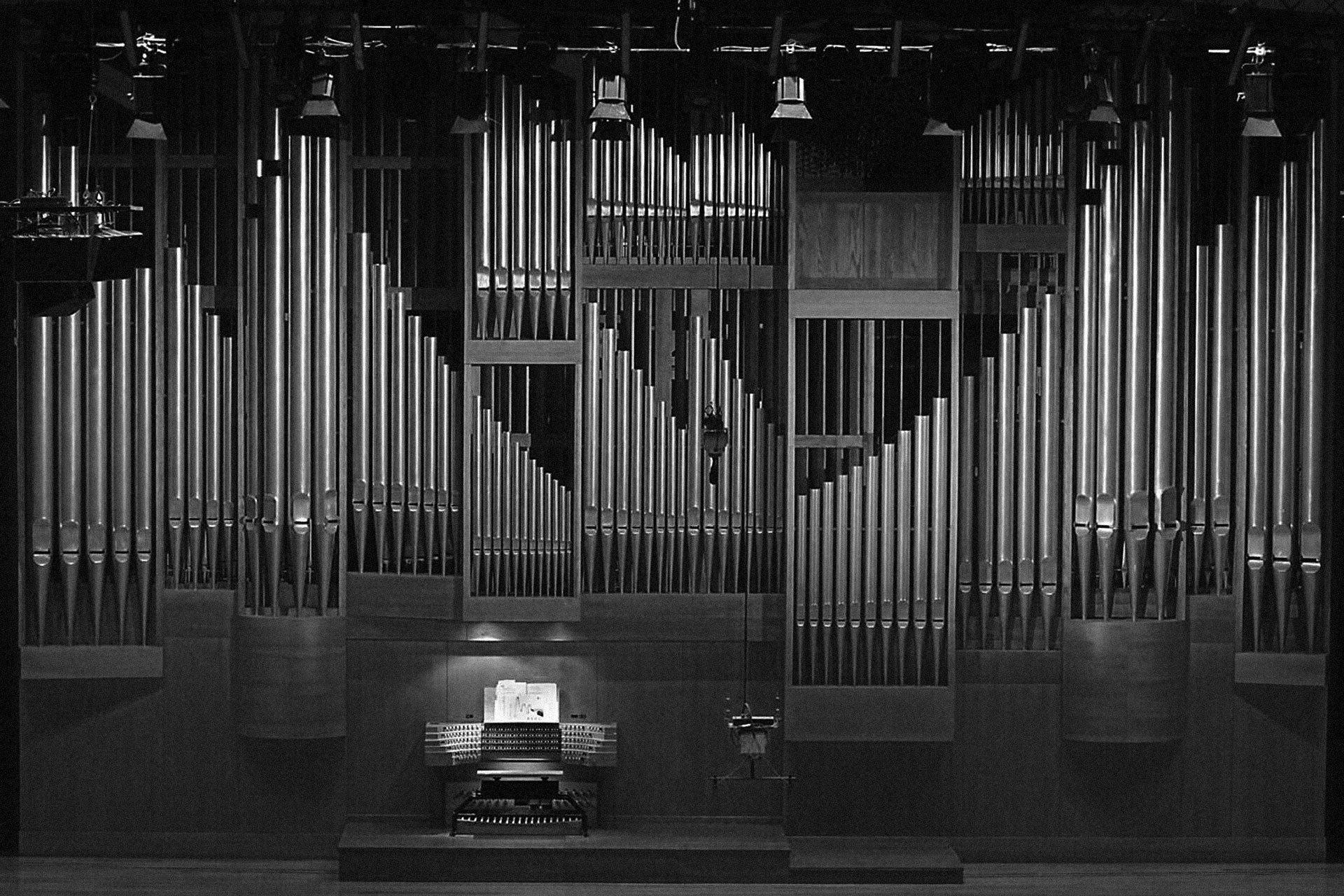
1993 – 2023
Celebrating 30 years. The organ of the Megaron the Athens Concert Hall was built by the German firm Johannes Klais Orgelbau (founded in 1882, Bonn) with a donation by the German Federal Government. Construction began in 1990, when the wooden cover and metal pipes were installed, and was completed in the summer of 1993.
In the summer of 1993, for 3 months and for 8 hours a day, a team of 6 experts from Bonn sent by the director of the house, Hans-Gerd Klais, gave voice to the organ at Megaron.
The organ sounded for the first time in the Christos Lambrakis Hall (then the Friends of Music Hall) on December 23, 1993, enabling the Greek audience to enjoy its exuberant, majestic and sensitive sound live, while marking the birth of an entire field of musical creation: concerts, festivals, invitations to foreign artists, and of course the training of the first students in Greece, who today as soloists represent the country internationally.
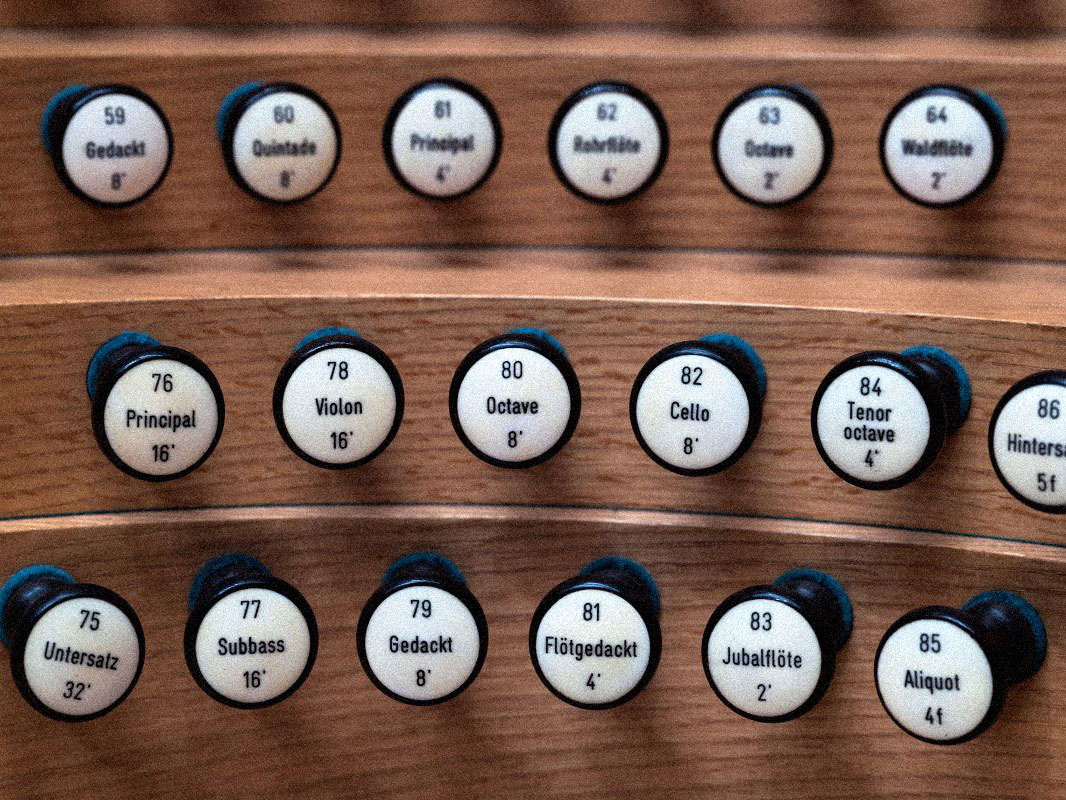
CHARACTERISTICS
One of the biggest organs in Europe’s Concert Halls. The organ of Megaron, which combines traditional 13th century techniques with modern technology, has 4 manual and one pedal keyboard with 32 notes, 76 registers (switches used alone or in combination that allow air to enter a specific group of flutes corresponding to a specific tone) and 6,080 pipes, the largest of which is 4.93 metres long and the smallest 5 millimetres long.
MEGARON ORGANISTS
The assignment of the position of organist at Megaron to the renowned british soloist and educator Nicholas Kynaston signified the dawn of a new era for the greek music scene, since he curated and oversaw the concerts, festivals and seminars around the organ at Megaron, while educating young greek students.
The distinguished soloist Ourania Gassiou was one of them and, as Kynaston’s successor, she is following in his footsteps in the constant effort to highlight the exciting repertoire of the instrument. The Greek organist performs works from the organ’s classical repertoire but also occasionally works with trumpet and trombone accompaniment in festive medleys.
DISTINGUISHED ORGANISTS
Megaron the Athens Concert Hall, in the 30 years of its presence, has welcomed the most distinguished organists from around the world.
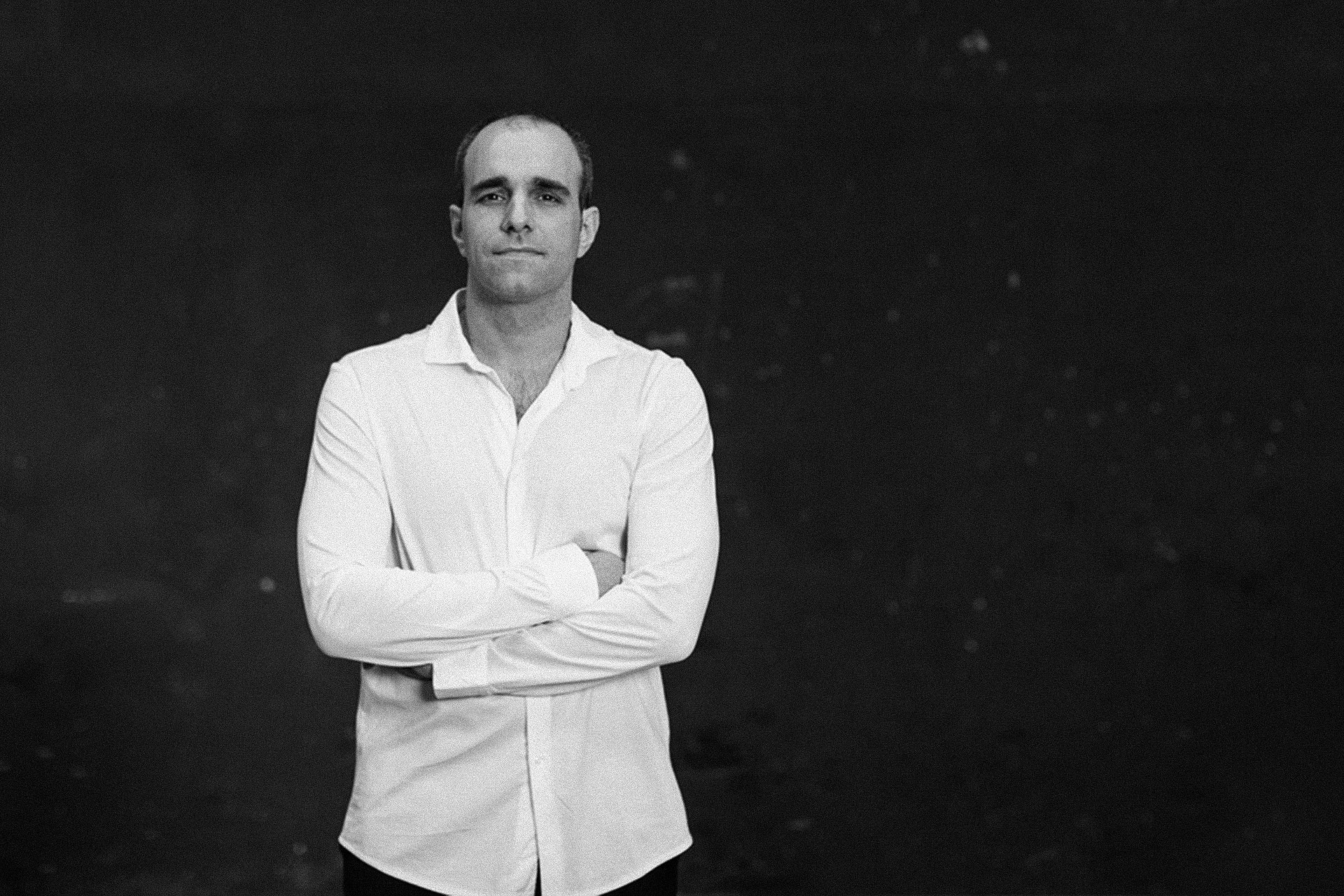
Juan de la Rubia, Sagrada Familia, Barcelona
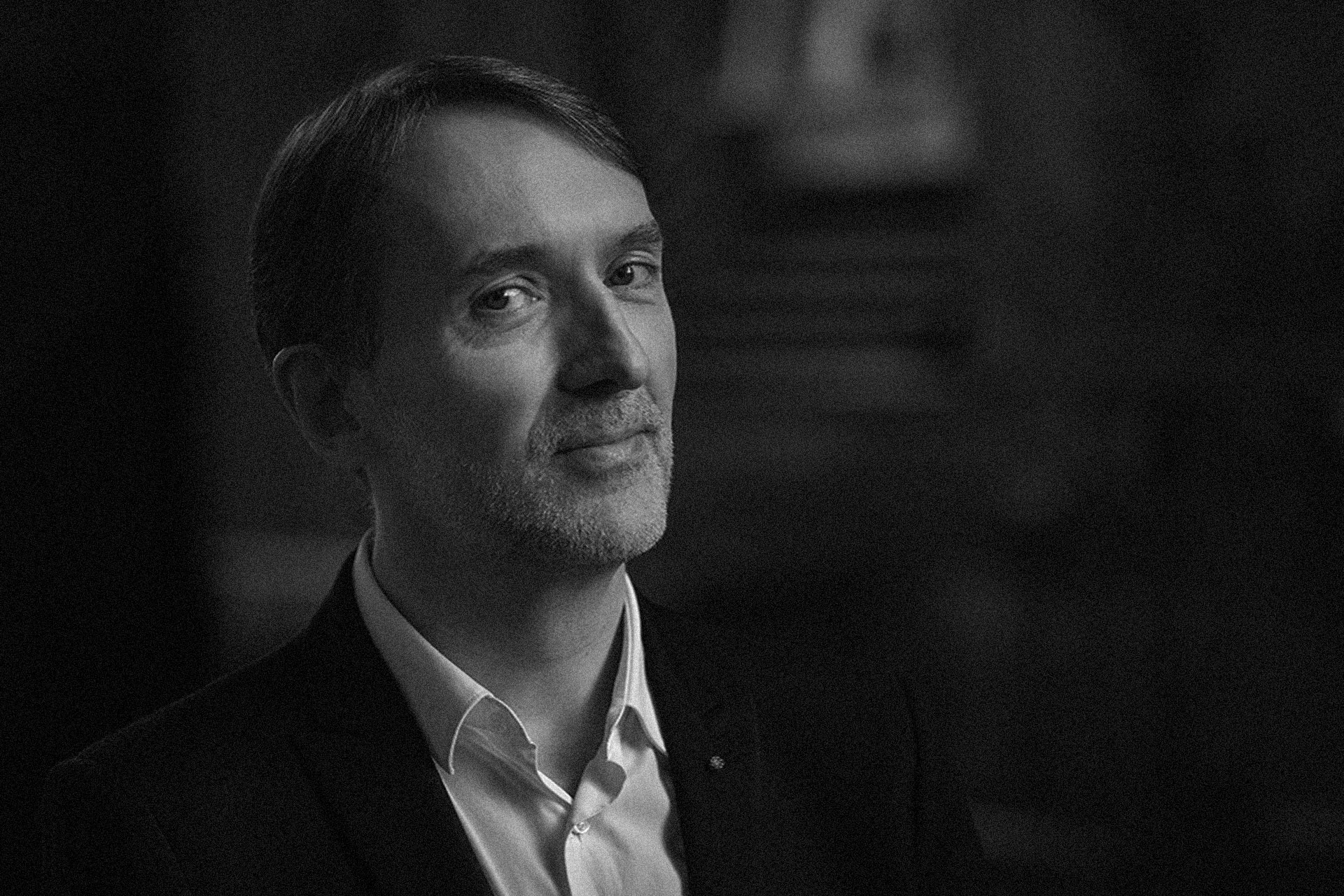
Olivier Latry, Nôtre Dame, Paris
THE ORGAN IN THE EDUCATIONAL PROGRAMMES AT MEGARON
Educational programs to get to know the organ are held at the Athens Concert Hall, inspiring admiration for this keyboard giant that “comes alive” with air! With its imposing and noble presence, the organ at Megaron enchants children, who get the opportunity to learn about its secrets. At the same time, Megaron makes the organ available for the exam.
Stratos Giolbanoglou, graduate of the organ class of the Athens Conservatory.
Yannis Karydas, tuner of the organ and the pianos at Megaron.
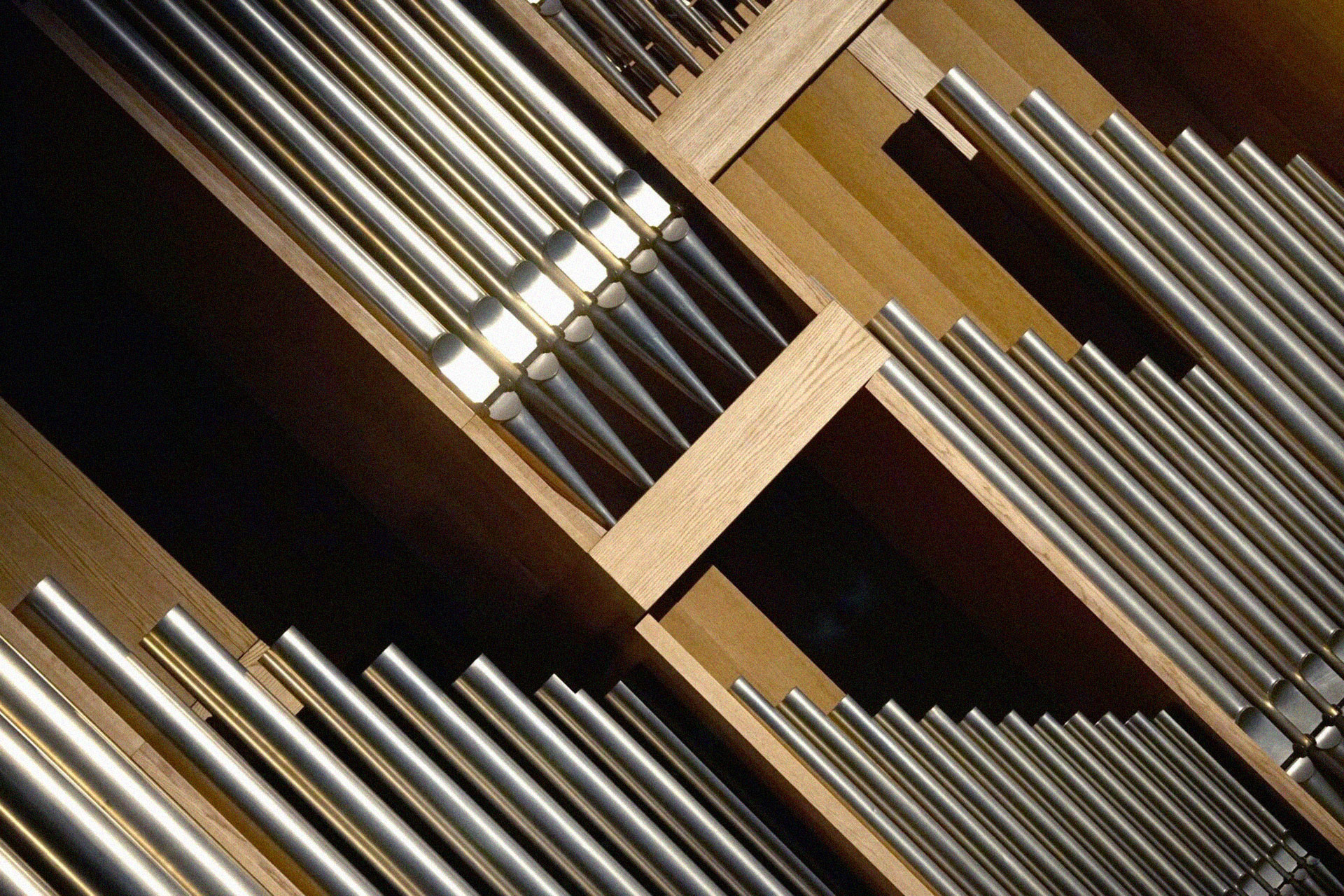
HISTORY
The ancestor of the organ was the “hydravlis”, an invention of the great engineer and inventor Ktesibius (3rd century BC) from Alexandria, Egypt.
This ancient musical instrument, although it initially attracted the technical rather than the musical interest of the Hellenistic people, did not take long to develop and spread to the Roman world. In the following centuries, ancient instruments adorned the palaces of Byzantine emperors (but were not used in churches). However, in the West, with the fall of the Western Roman Empire, the organ was completely forgotten. In 757 AD, the emperor Constantine V Copronymus donated an organ to the Frankish king Pippinus the Short (father of Charlemagne); this donation was a major event and marked the beginning of the organ’s revival in the West.
Although no pope ever gave official consent for the organ to be used in the church, this began to happen increasingly from the 9th to the 12th centuries. In the 13th century, large cathedrals were built or restored and competed with each other to build (or renovate) large church organs. By the 15th century the organ had evolved in terms of construction, with pedals and more than one clavichord, while after the 16th century national schools of construction developed with notable differences. What is worth noting, however, is that, in addition to its ecclesiastical use, the organ has always had a wide secular use. As early as the 13th century, smaller, easily transportable instruments (Positiv, Portativ) were widely manufactured to serve the needs of secular music as well.
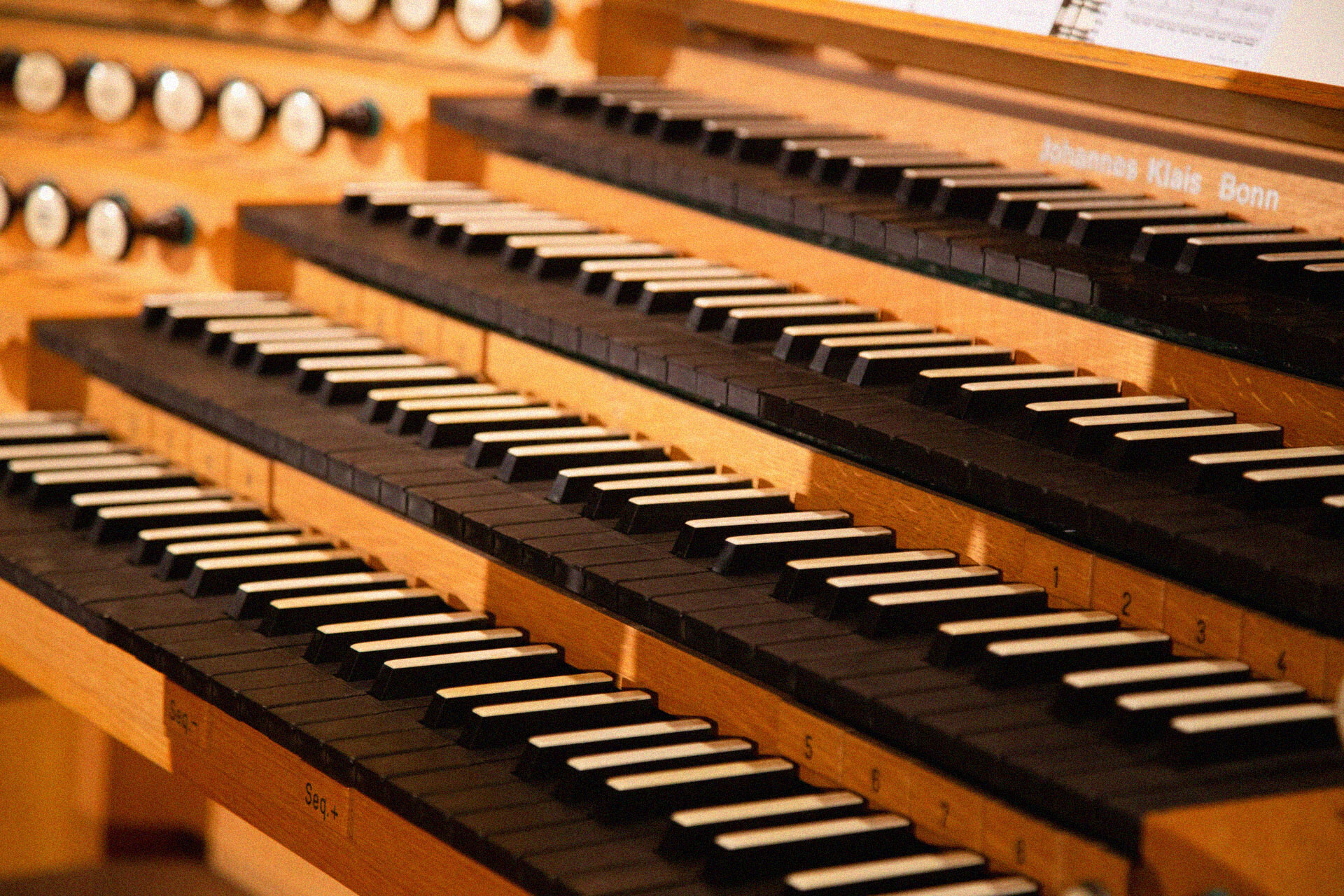
COMPOSERS AND REPERTOIRE
Among the great composers who created the massive repertoire of the organ, the figure of Johann Sebastian Bach undoubtedly dominates, and as a master organist he wrote some of the most imaginative, moving and innovative music of all time for the organ. In the Classical and Romantic periods, the piano made a dynamic entry into the European musical world and with its special expressive abilities dominated over the older keyboard instruments.
The great Romantic composers (Schumann, Brahms, Mendelssohn, etc.) wrote very little for the organ, with the exception of César Franck and Franz Liszt, who dedicated many important works to it. In the 20th century, interest in the organ was revived internationally, spearheaded by the vast in scope and quality work of the French composer (and organist) Olivier Messiaen.
The repertoire for organ, which has been constantly enriched over the centuries, has an indescribable stylistic variety, comparable to the variety of organ construction worldwide. The inexhaustible timbral and polyphonic possibilities of the organ, as well as its uniquely evocative sound, combined with the generally outstanding virtuosic and improvisational abilities of the organists, have over time inspired music that expresses in relief the most spiritual, metaphysical, one might say, dimension of the composers’ musical thought, but at the same time also its most “humanly” tender nuances.


